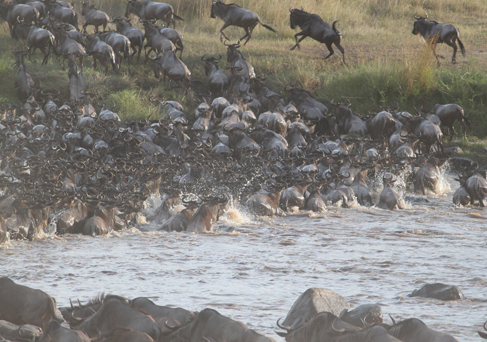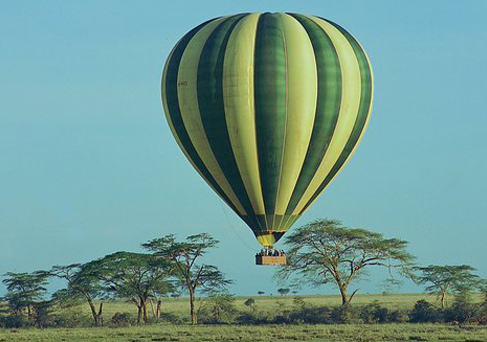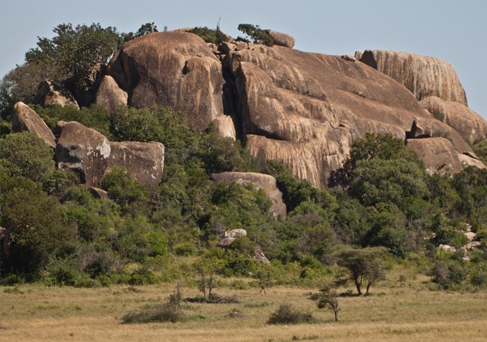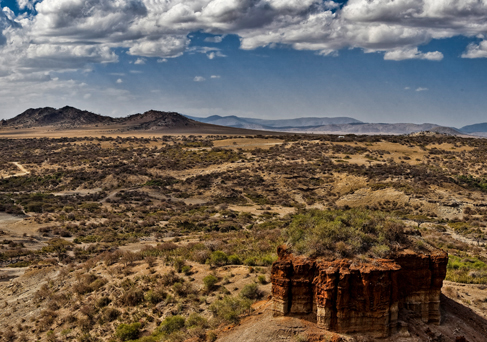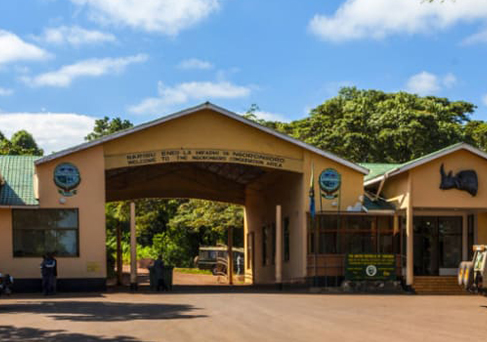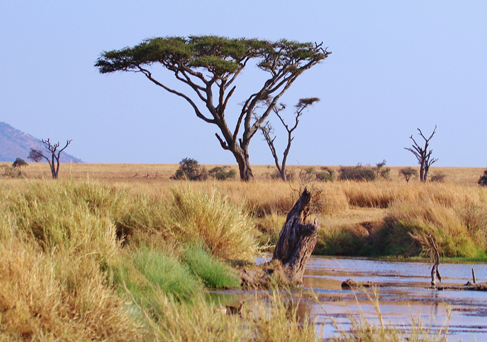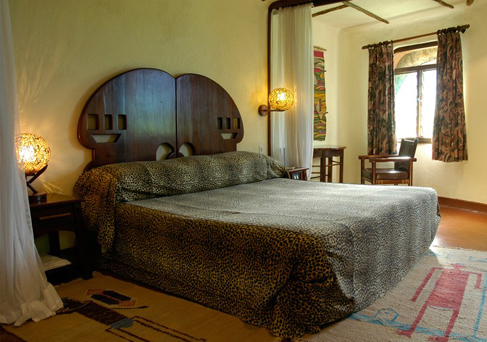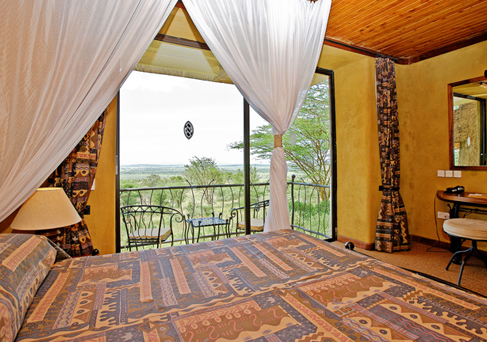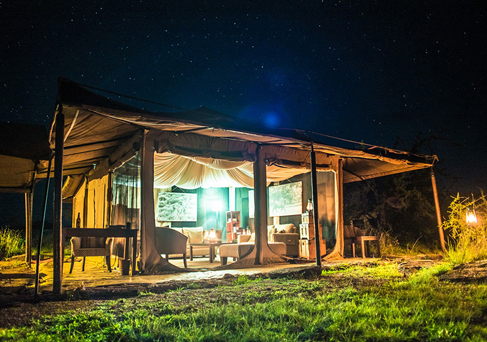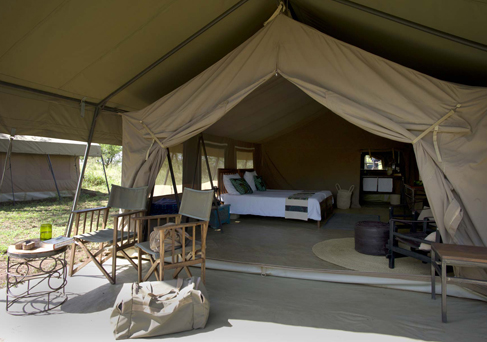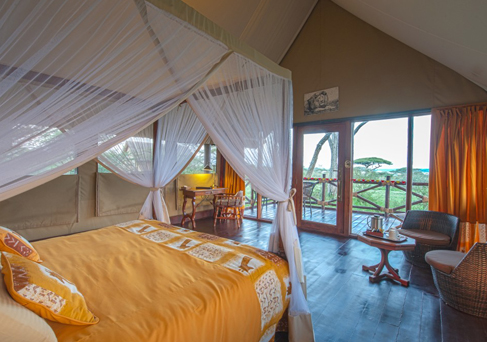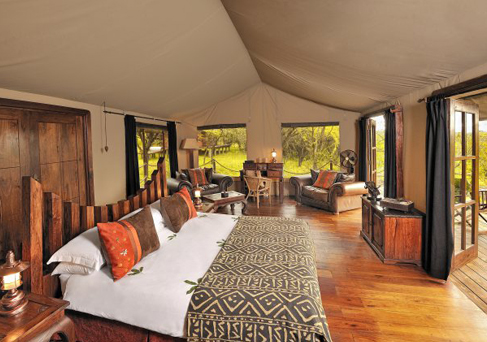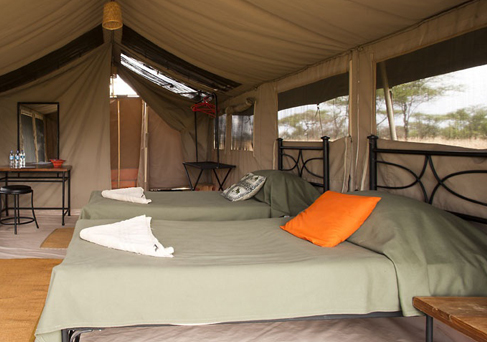Serengeti’s name is derived from the Maasai language, “Serengit” meaning “Endless Plains”. It is located mainly in Northern Tanzania and extends to South-Western Kenya between 1 and 3 degrees south (latitudes) and between 34 and 36 degrees east (longitudes). It spans approximately 30,000 km2 (12,000 sq mi). The Kenyan part of the Serengeti is known as Maasai Mara.
Serengeti hosts the largest terrestrial mammal migration in the world, an event that has claimed international recognition, hence its placement as one of the Seven Natural Wonders of Africa and one of the ten natural travel wonders of the world. Serengeti is also renowned for its large lion populations and therefore it’s one of the best places to observe large prides of the African lion in their natural habitat. The region also plays host to Tanzania’s Serengeti National Park and several other game reserves.
Approximately 70 large mammals and 500 bird species are found in Serengeti. This high diversity is a product of diverse habitats, including riverine forests, swamps, kopjes, grasslands, and woodlands. Blue wildebeests, gazelles, zebras, and buffalos are some of the commonly found large mammals in the region.


